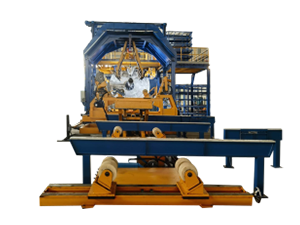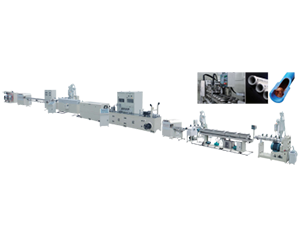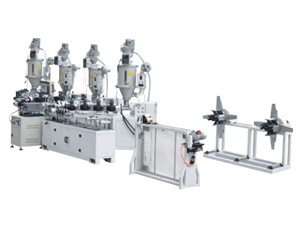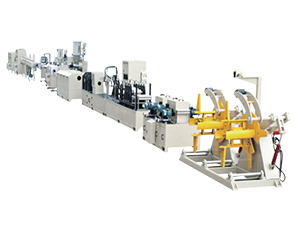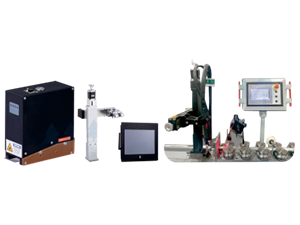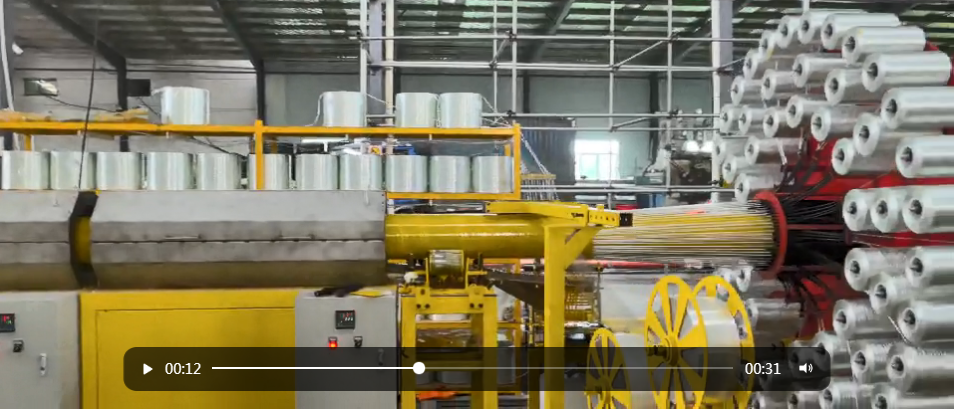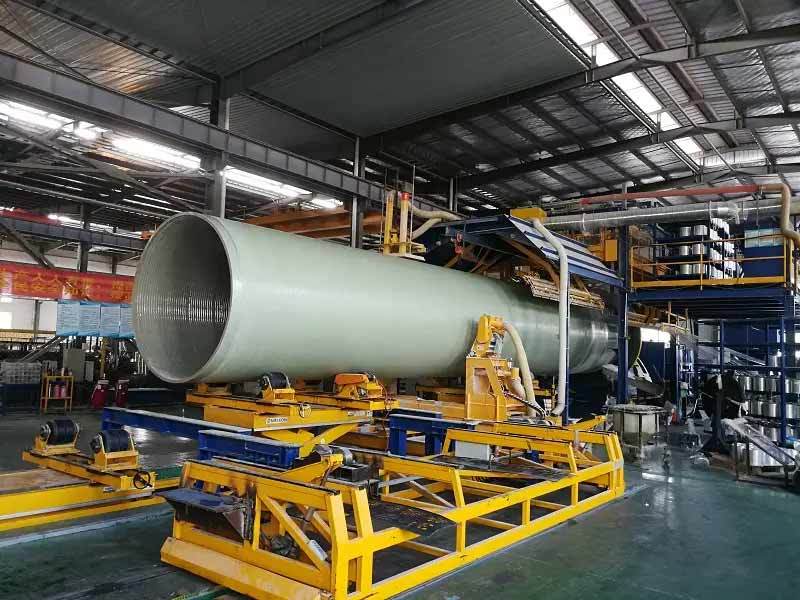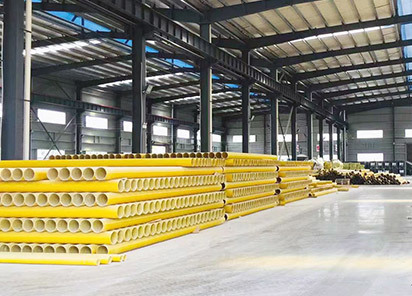Unlocking Efficiency and Quality: Understanding the Benefits of Utilizing GRP Pipe CFW Machines
Apr 17,2025
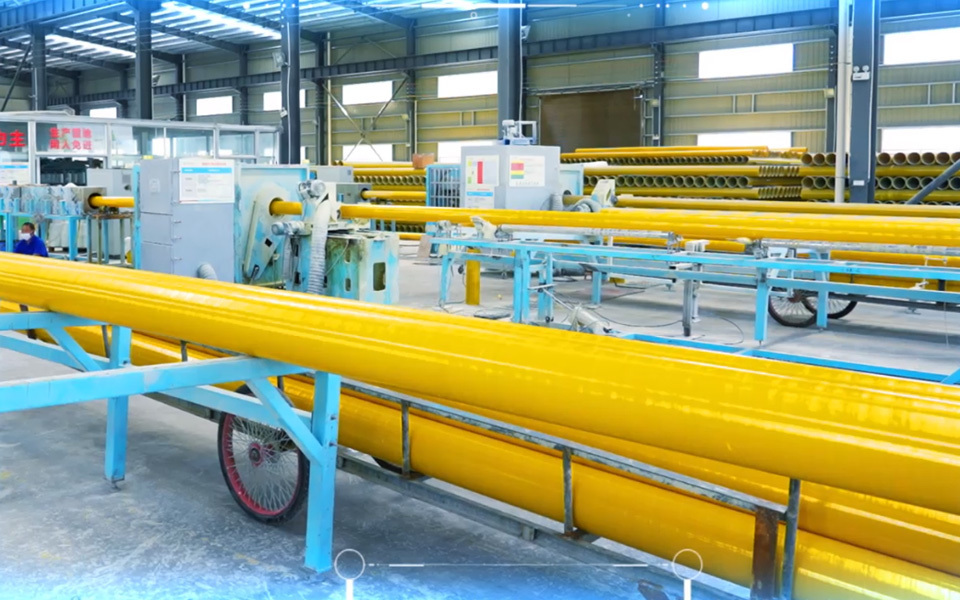
Understanding the Benefits of Utilizing GRP Pipe CFW Machines
Table of Contents
- 1. Introduction to GRP Pipe CFW Machines
- 2. What is GRP and Its Importance in Manufacturing?
- 3. The Technology Behind CFW Machines
- 4. Key Benefits of Utilizing GRP Pipe CFW Machines
- 4.1 Increased Production Efficiency
- 4.2 Significant Cost Savings
- 4.3 Enhanced Quality Control
- 4.4 Positive Environmental Impact
- 5. Applications of GRP Pipe CFW Machines
- 6. Choosing the Right GRP Pipe CFW Machine
- 7. The Future of GRP Pipe CFW Technology
- 8. Frequently Asked Questions (FAQs)
- 9. Conclusion
1. Introduction to GRP Pipe CFW Machines
The manufacturing landscape is rapidly evolving, and organizations are seeking innovative technologies to enhance their productivity and output quality. Among these technologies, **Glass Reinforced Plastic (GRP) Pipe Continuous Filament Winding (CFW) machines** stand out. These machines are designed to produce high-performance GRP pipes that are ideal for various applications, especially in sectors where durability and resistance to corrosion are critical.
In this article, we will explore the multifaceted benefits of utilizing GRP Pipe CFW machines and how they can significantly improve operational efficiency, reduce production costs, and ensure superior quality in manufactured products.
2. What is GRP and Its Importance in Manufacturing?
**Glass Reinforced Plastic (GRP)**, also known as fiberglass, is a composite material made from a polymer matrix reinforced with glass fibers. This combination results in a lightweight yet strong material, making it suitable for a range of manufacturing applications. GRP's corrosion resistance, low thermal conductivity, and high strength-to-weight ratio have made it a preferred material in industries such as construction, automotive, and aerospace.
The importance of GRP in manufacturing cannot be overstated. As industries move towards more sustainable and efficient practices, the use of GRP contributes to the reduction of material waste and energy consumption, aligning with modern environmental standards.
3. The Technology Behind CFW Machines
**Continuous Filament Winding (CFW)** is a manufacturing process that involves winding continuous strands of resin-impregnated glass fibers onto a rotating mold. This technique allows for precise control over the thickness and orientation of the fibers, resulting in superior structural integrity and performance properties in the finished products.
CFW machines integrate advanced technologies, including automated controls and real-time monitoring systems, to optimize the winding process. This automation not only enhances precision but also significantly reduces production time, allowing manufacturers to meet increasing market demands efficiently.
4. Key Benefits of Utilizing GRP Pipe CFW Machines
Utilizing GRP Pipe CFW machines offers a myriad of benefits that can transform manufacturing operations.
4.1 Increased Production Efficiency
One of the most significant advantages of GRP Pipe CFW machines is their ability to increase production efficiency. The automated winding process minimizes the need for manual labor, reducing the likelihood of human error. Furthermore, the machines are designed to operate continuously, allowing for the production of large volumes in a shorter timeframe.
The precision of the CFW technology ensures that each pipe produced meets stringent specifications, which translates into fewer defects and rework, further enhancing overall productivity.
4.2 Significant Cost Savings
Cost efficiency is a critical concern for manufacturers. GRP Pipe CFW machines contribute to significant cost savings in several ways:
- **Material Optimization**: The precise control over fiber placement reduces material waste.
- **Reduced Labor Costs**: Automation decreases the reliance on manual labor, lowering wage expenses.
- **Energy Efficiency**: CFW machines are designed to operate with lower energy consumption compared to traditional manufacturing methods.
As a result, manufacturers can achieve a higher return on investment (ROI) while maintaining competitive pricing.
4.3 Enhanced Quality Control
Quality is paramount in manufacturing, particularly in industries where safety and reliability are critical. The CFW process ensures uniform fiber distribution and optimal curing conditions, resulting in GRP pipes that exhibit superior mechanical properties and durability.
Additionally, the integration of real-time monitoring systems allows for immediate detection of any anomalies during production. This capability enables manufacturers to address issues proactively, ensuring that the final products consistently meet quality standards.
4.4 Positive Environmental Impact
As global awareness of environmental issues increases, manufacturers are under pressure to adopt more sustainable practices. GRP Pipe CFW machines contribute to sustainability efforts by:
- **Reducing Waste**: The efficiency of the CFW process minimizes material wastage.
- **Using Recyclable Materials**: Many GRP formulations can incorporate recycled materials, further lowering the environmental impact.
- **Lower Emissions**: The energy-efficient nature of these machines leads to reduced carbon emissions during the production process.
By investing in GRP Pipe CFW technology, companies not only improve their bottom line but also demonstrate their commitment to environmental stewardship.
5. Applications of GRP Pipe CFW Machines
GRP pipes produced using CFW technology have a wide range of applications across various industries. Some notable applications include:
- **Water and Wastewater Management**: GRP pipes are widely used in infrastructure projects for transporting potable water and managing wastewater due to their corrosion resistance and durability.
- **Chemical Processing**: The ability to resist chemical attack makes GRP pipes ideal for the chemical industry, where traditional materials may fail.
- **Oil and Gas Transport**: GRP pipes can be used for transporting oil and gas, offering a lightweight and strong alternative to traditional materials.
- **Construction**: In construction, GRP pipes are increasingly used for drainage systems and other applications where lightweight and corrosion-resistant materials are paramount.
By leveraging GRP Pipe CFW machines, manufacturers can cater to these diverse applications, expanding their market reach and enhancing their competitive edge.
6. Choosing the Right GRP Pipe CFW Machine
Selecting the right GRP Pipe CFW machine is critical to achieving optimal results. Here are key considerations:
- **Production Capacity**: Assess your production needs to ensure the machine can handle the required volume.
- **Automation Level**: Higher automation typically leads to greater efficiency and lower labor costs.
- **Customization Options**: Look for machines that offer flexibility in terms of pipe dimensions and specifications.
- **Technical Support**: Choose a manufacturer that provides robust technical support and training to ensure smooth operation.
By carefully evaluating these factors, manufacturers can select a GRP Pipe CFW machine that aligns with their operational goals and enhances productivity.
7. The Future of GRP Pipe CFW Technology
The future of GRP Pipe CFW technology looks promising as advancements in materials science and manufacturing processes continue to evolve. Innovations such as improved resin formulations, enhanced fiber materials, and smarter automation technologies are on the horizon.
Additionally, as industries push for more sustainable practices, the demand for GRP pipes is expected to grow. Manufacturers who invest in cutting-edge CFW technology will be well-positioned to meet this demand while driving efficiency and quality in their operations.
8. Frequently Asked Questions (FAQs)
What are GRP pipes?
GRP pipes are composite pipes made of glass-reinforced plastic, known for their strength, lightweight properties, and corrosion resistance. They are used in various applications, including water and wastewater management, chemical processing, and oil and gas transportation.
How does a CFW machine work?
A Continuous Filament Winding machine works by winding continuous strands of resin-impregnated glass fibers onto a rotating mold. This process allows for precise control over the thickness and orientation of the fibers, resulting in high-quality GRP pipes.
What are the advantages of using GRP pipes over traditional materials?
GRP pipes offer several advantages, including lower weight, superior corrosion resistance, reduced maintenance requirements, and longer service life compared to traditional materials like steel and concrete.
Are GRP pipes environmentally friendly?
Yes, GRP pipes are considered environmentally friendly due to their recyclability, lower energy consumption during production, and reduced material waste compared to traditional pipe materials.
How can I choose the right GRP Pipe CFW machine for my needs?
Consider factors such as production capacity, automation level, customization options, and the availability of technical support when selecting the right GRP Pipe CFW machine.
9. Conclusion
Utilizing GRP Pipe CFW machines offers manufacturers numerous benefits that enhance productivity, reduce costs, and ensure high-quality outputs. As industries continue to evolve and demand more sustainable and efficient manufacturing practices, adopting this advanced technology becomes increasingly crucial. By understanding and harnessing the advantages of GRP Pipe CFW machines, manufacturers can position themselves as leaders in their respective fields, driving innovation and excellence in production. The future of manufacturing is bright, and GRP Pipe CFW technology is at the forefront of this transformation.
Contact Us
E-mail:
Phone/Wechat/WhatsApp
Address:
A2-1408, Kaichuang Avenue to Tai Plaza, Huangpu District, Guangzhou City, Guangdong Province


